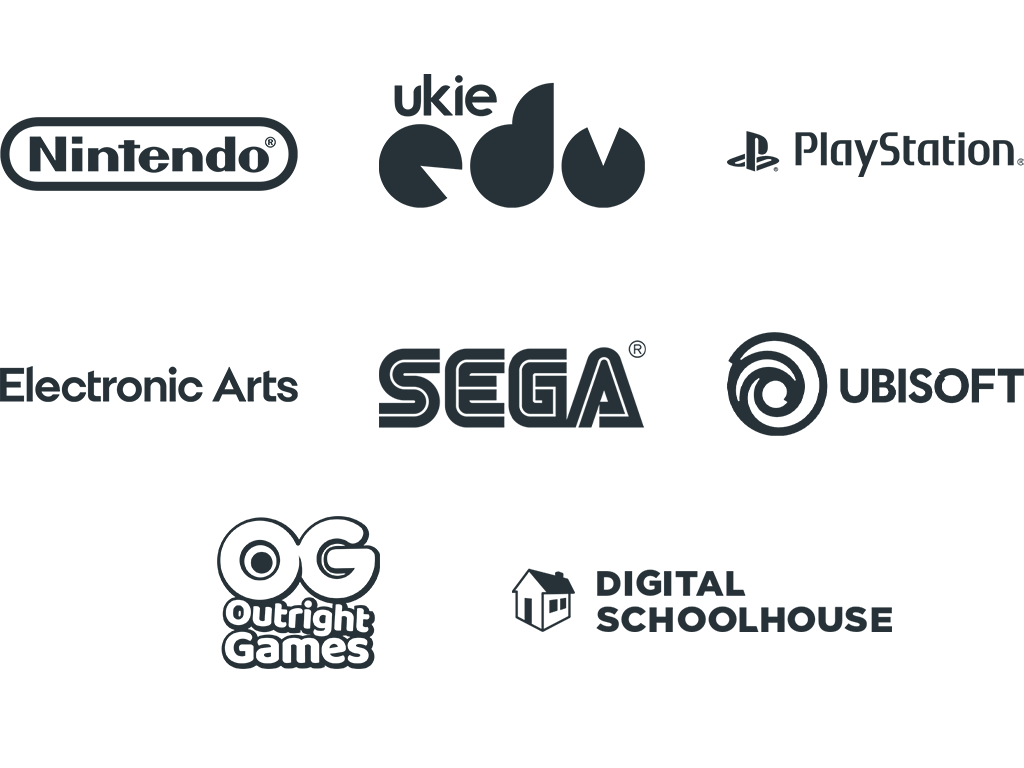Moon Landing

About
The computers that took humankind to the moon were responsible for many computing firsts. In this scheme of work students will be introduced to the parts that made up the Apollo Guidance Computer (AGC) and then they will compare them to the parts of a modern computer. Next, they will find out about how the AGC was programmed and write their own simple assembly language program for JamBot (adapted from Phil Bagge’s Jam Sandwich Algorithm adapted from ‘Tea Bot’ an Idea by Dan Gardner). In lesson 3, students will investigate how programs were stored in the memory components of the AGC including learning how to carry out simple binary conversions. Following this, students will use a virtual AGC to run some actual programs that were used in the Apollo 11 mission. In the final two lessons students will build their skills with the Python programming language by working on a partially completed program that generates a moon landscape and then uses a searching algorithm to choose a suitable landing location.
All 6 lessons can be delivered without a computer - just remove the programming tasks from lessons 5 and 6.
If you have any questions about the resource, please get in touch with the team: dsh@ukie.org.uk.
Guidance for teachers
Suitable for: Key stage 2 (KS2), key stage 3 (KS3), key stage 4 (KS4)
Our resources are created with you and your students in mind. Not only are they outside-the-box, creative and brain-boosting fun, but we always ensure our content stays relevant. Our network of academic masterminds and video games practitioners enable us to keep delivering free content that is aligned to the UK computing curriculum and that is relevant to current industry best practice. We think you're going to love our approach to Computer Science. We've even got the evidence to prove it.
Download your lesson resources at the bottom of the page.
Public files
Documents
Moon Landing Workshop Pack
You must be logged in to access files displayed below.

